Culture & Travel
15 September 2024Alongside its stunning natural beauty and rich history, Romania is also renowned for its collection of the most mysterious castles in Europe.
Nestled in the eastern Balkans, Romania's medieval fortresses, Gothic architecture, and legendary tales draw thousands of tourists every year. If you have a special fascination with vampire lore, the castles and fortresses of the Transylvania region are a must-see.
Let’s embark on a journey through Romania’s most iconic and breathtaking castles.
Bran Castle
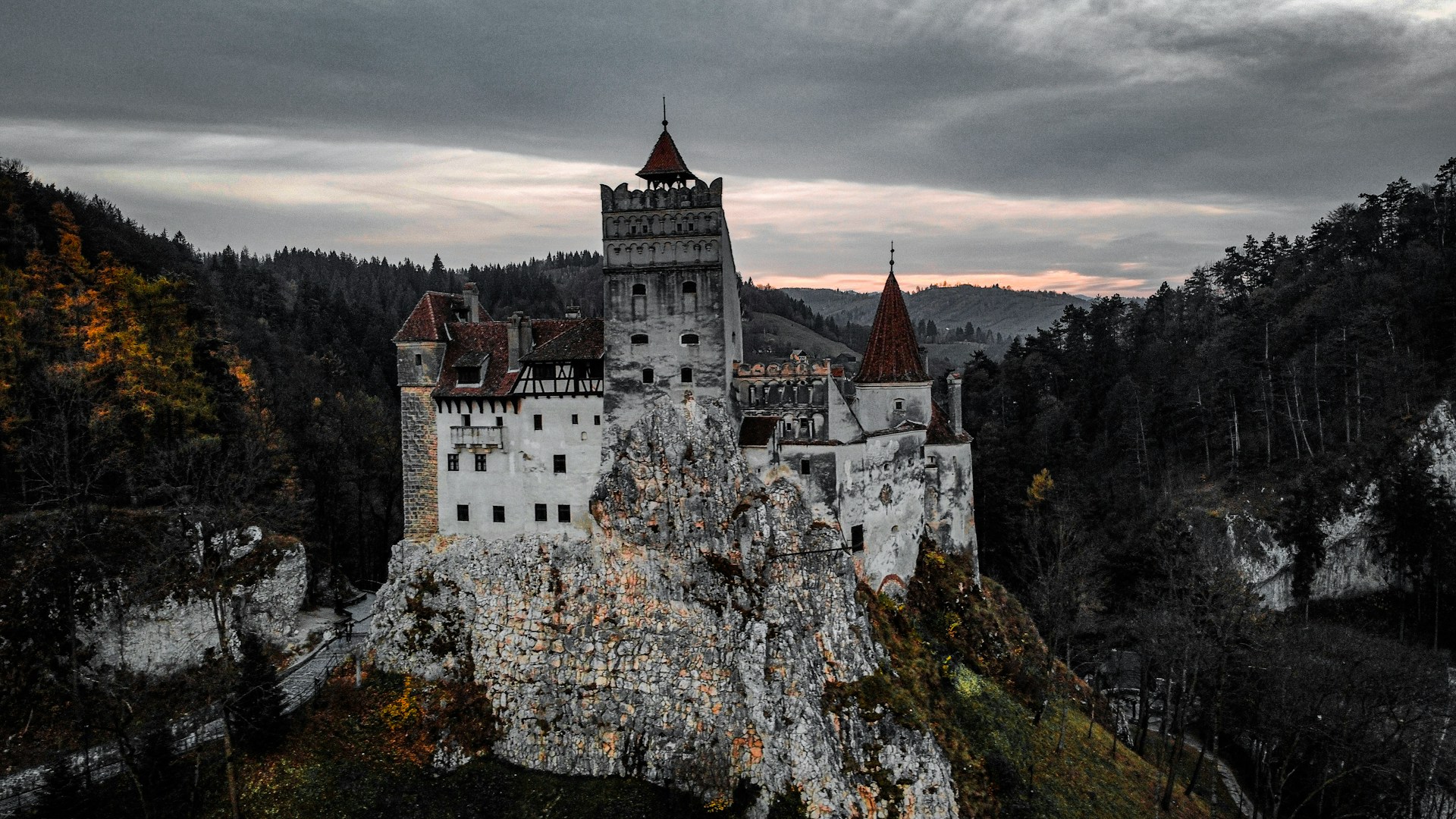
Perhaps Romania's most famous castle, Bran Castle, sits in the heart of Transylvania and is often referred to as Dracula’s Castle. This Gothic fortress, which inspired Bram Stoker’s famous novel Dracula, was originally built as a military stronghold. Constructed in the 14th century, it later served as a summer retreat for Romania’s royal family.
So, what makes this castle so captivating?
Perched high in the mountains with its steep walls, Bran Castle offers a fairytale-like view and a mysterious atmosphere. The many bloody legends and ghost stories that surround it certainly contribute to its allure. Most visitors come to Bran Castle hoping to find traces of Vlad the Impaler, also known as Vlad Dracula, as the castle has become inseparable from the Dracula myth.
In truth, Vlad the Impaler, often linked to Stoker’s character Count Dracula, spent very little time here. However, the castle’s Gothic charm and remote location have cemented its fame, making it one of Romania’s most popular tourist destinations.
Peles Castle
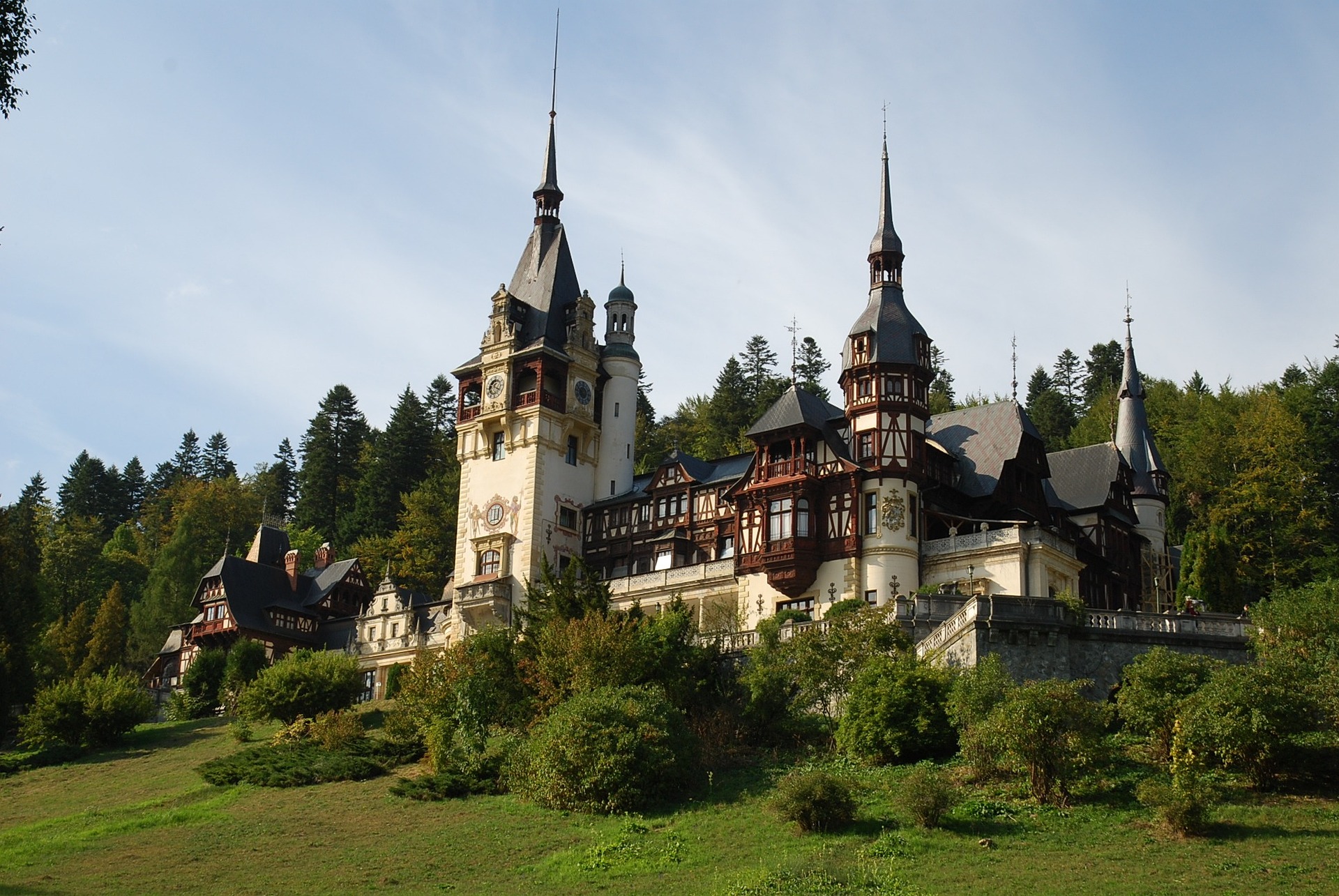
Nestled at the foot of the Carpathian Mountains in Sinaia, Peleș Castle is regarded as one of Romania’s most beautiful and luxurious castles. Commissioned by Romania’s King Carol I in the 19th century, this elegant castle blends Renaissance and Baroque architectural styles. Even from the outside, the castle exudes grandeur, while the interior feels like an art gallery. As you wander through rooms filled with intricate wood carvings, stained glass windows, and exquisite artwork, it’s easy to feel as though you’re on a mystical journey.
What truly sets Peleș Castle apart, however, is its advanced technology for the time. It boasted modern innovations such as electricity, central heating, and even a vacuum cleaning system—rare features in Europe at the time of its construction. In fact, the castle even houses one of Europe’s first cinema halls.
Corvin Castle
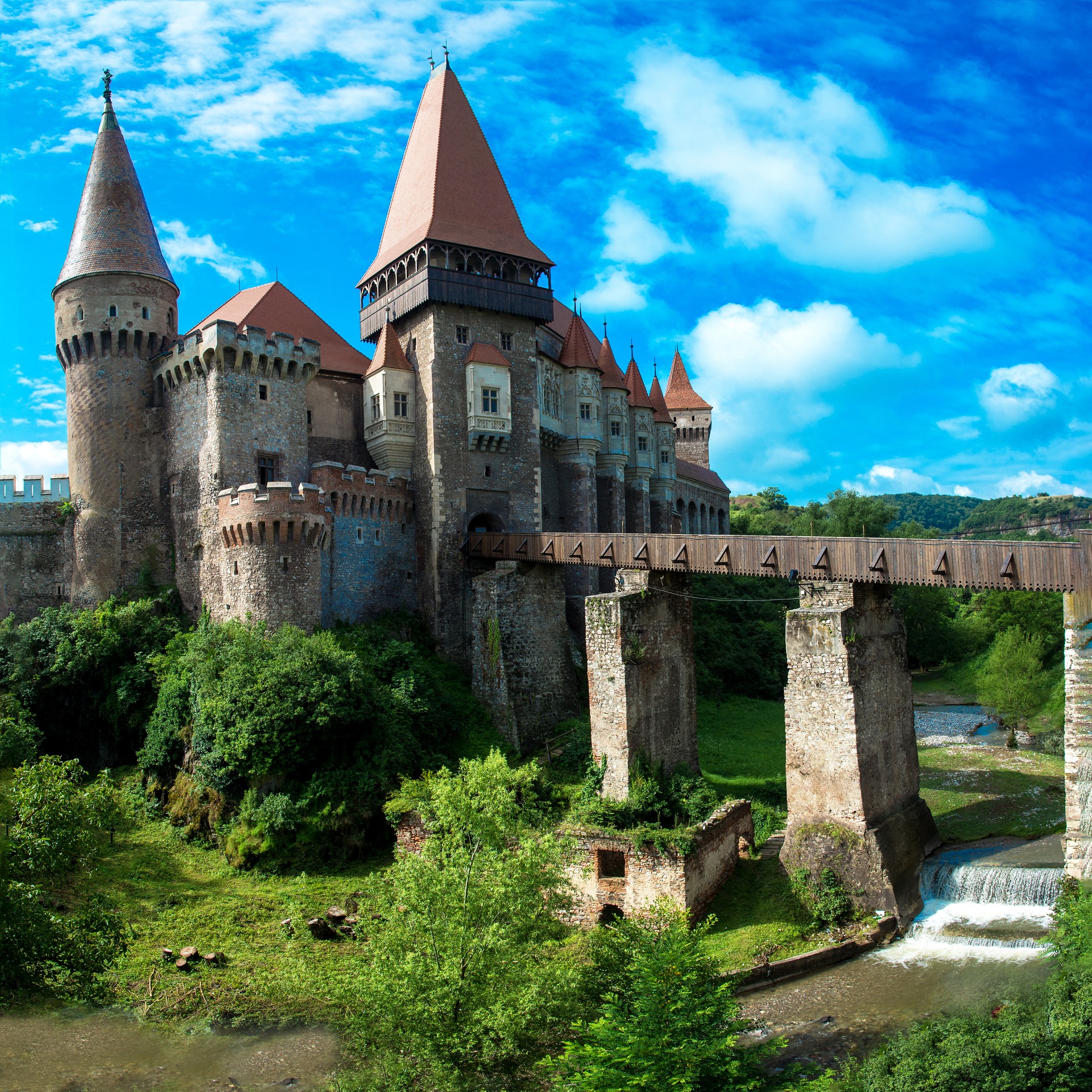
Next, let’s head to one of Romania’s oldest castles. Located in Hunedoara, Corvin Castle is renowned for its grand Gothic architecture and chilling legends. While the Dracula myth is present here as well, the castle's historical significance stands on its own. Built in the 15th century by Hungarian nobleman John Hunyadi, Corvin Castle served as a military and political center for many years. With its towers, moats, and stone bridges, the castle offers visitors an authentic medieval experience.
One of the most striking features of Corvin Castle is its eerie torture chambers and dungeons. Legend has it that Vlad the Impaler was imprisoned here for a time. Adventurous tourists often visit the castle in search of the ghost stories that linger within its walls.
Poenari Castle
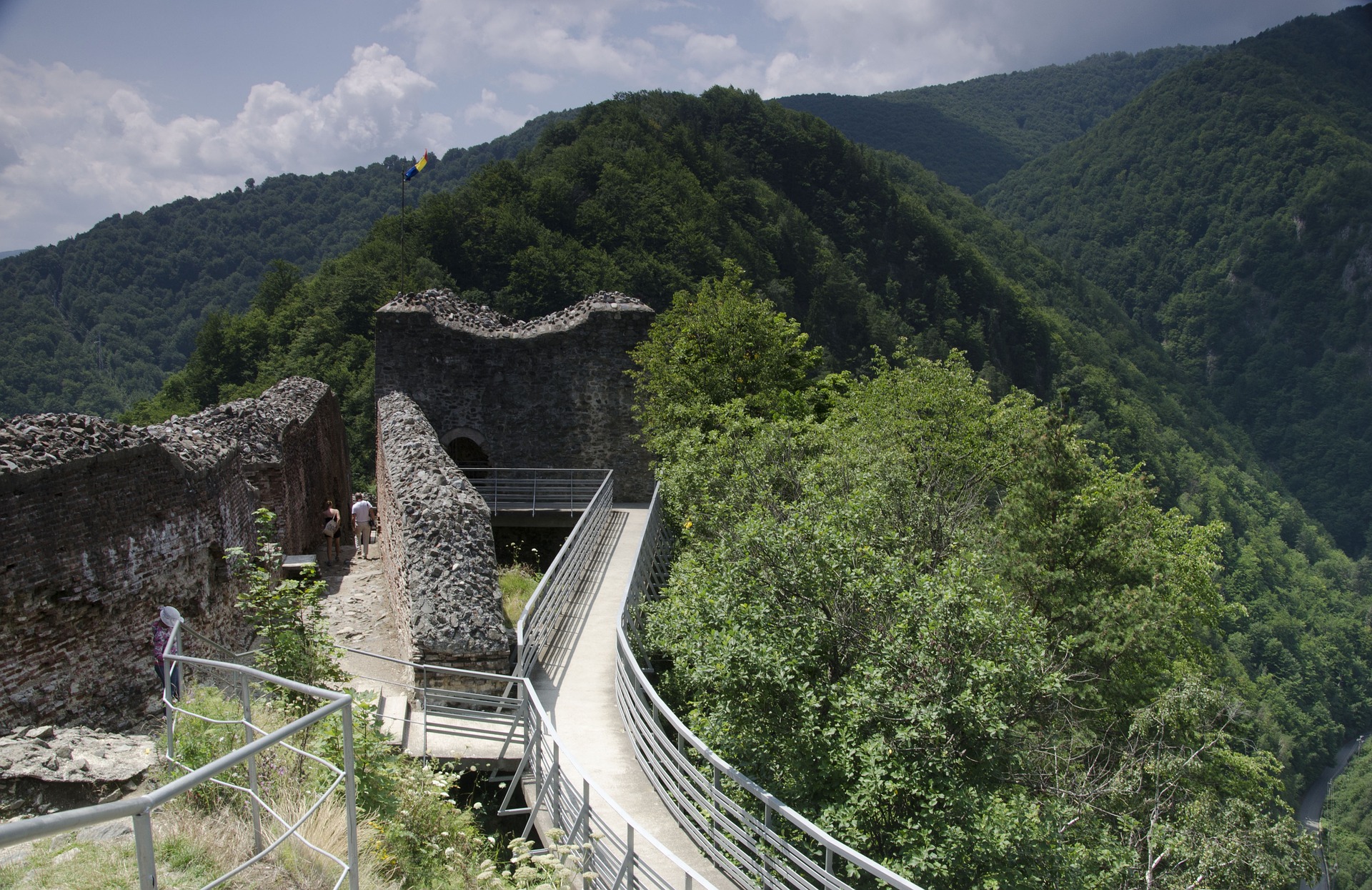
Though not as famous as Bran Castle, Poenari Castle is considered Vlad the Impaler’s true fortress. With its quiet, remote atmosphere, it stands apart from other, more touristy castles, but those intrigued by Vlad’s life make sure not to miss it.
Perched high on a mountain overlooking the Argeș River Valley, Poenari Castle was built purely for military purposes. Reaching it requires climbing 1,500 steps, but the mysterious aura and breathtaking views of the Carpathians make the effort worthwhile. Vlad the Impaler used this strategic fortress to resist the Ottoman Empire, leaving a lasting mark on Romania’s history.
Făgăraș Castle
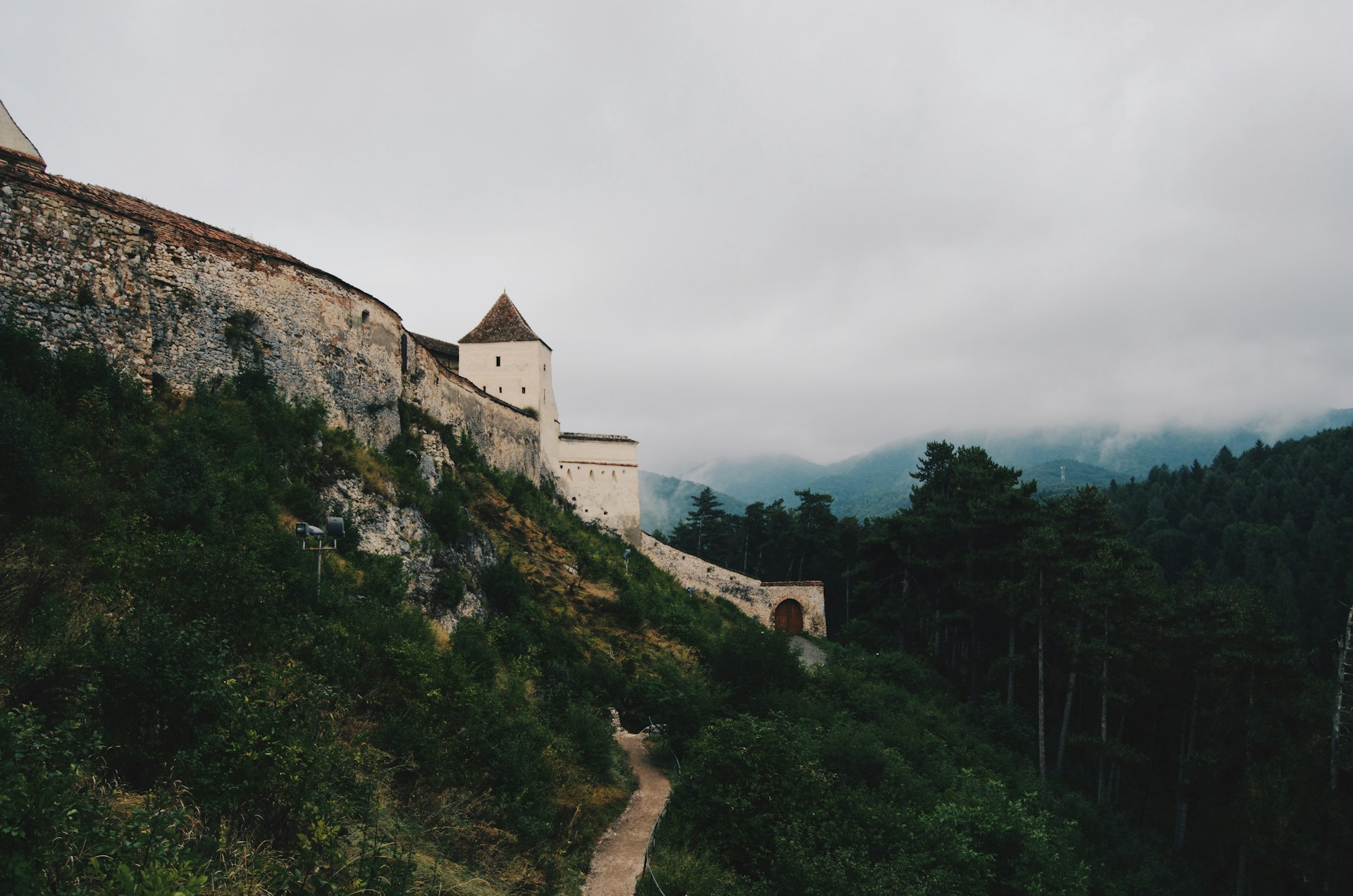
One of the best-preserved medieval fortresses in Transylvania, Făgăraș Castle is an important example of Romania’s military architecture. Constructed in the 14th century, the castle served as a strategic defense point, especially in halting the Ottoman Empire’s expansion. Over time, the castle, surrounded by deep moats, was transformed into a luxurious residence for Romanian princesses.
Today, the interior hosts several exhibitions that captivate visitors. Its dungeons, historical artifacts, and ancient weaponry make Făgăraș Castle a must-visit for anyone interested in Romania’s rich history and architectural heritage.



